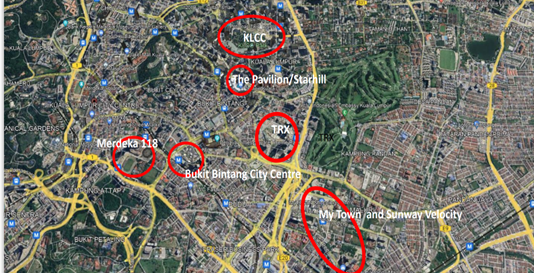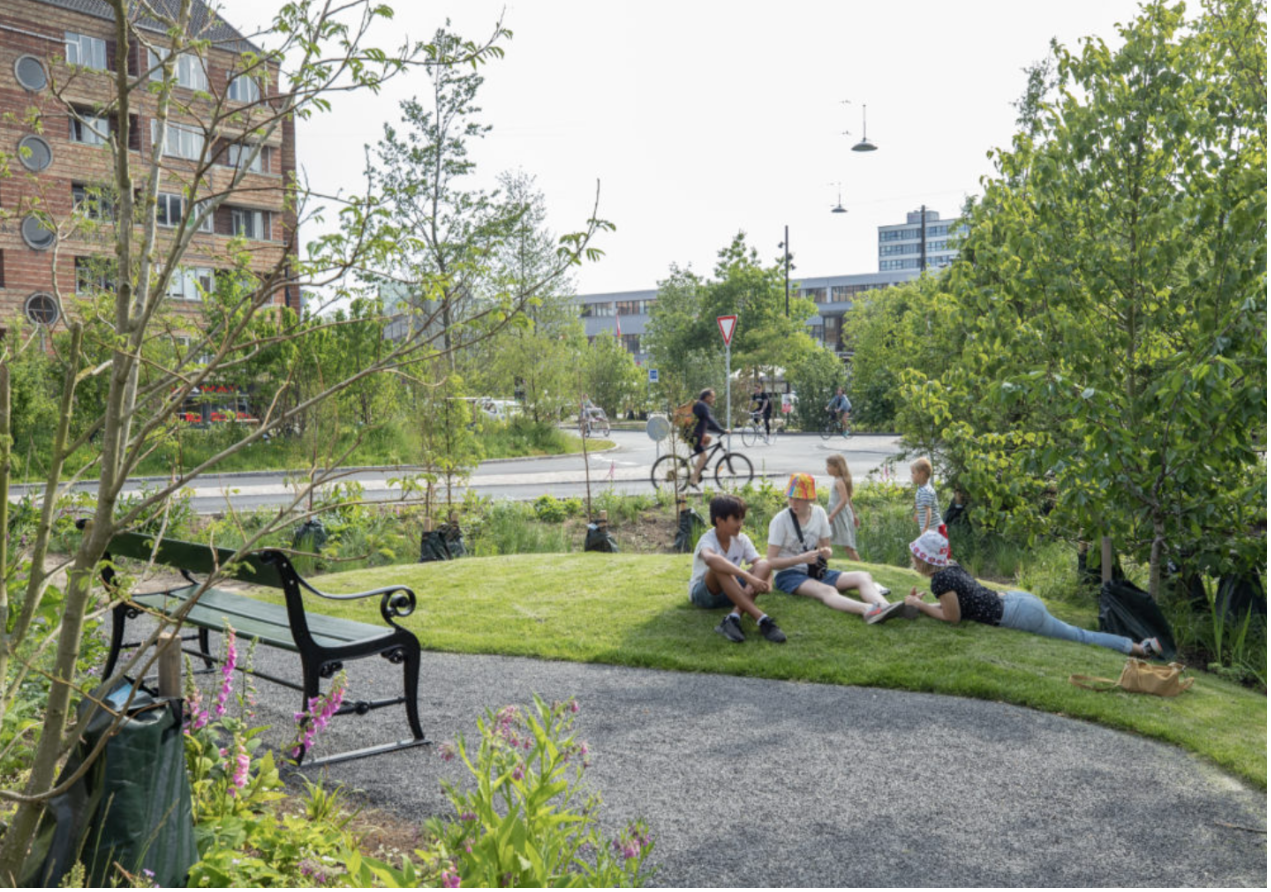Covid-19 pandemic has changed the pattern of daily life and human social interaction. It opens the eyes of responsible parties and community members to the importance of an urban environment that is resilient to the spread of disease for the health and well -being of its residents. Based on the National Health and Morbidity Survey (NHMS) in 2019, almost half a million people in the country who are in the adult category (2.3 percent) are found to have symptoms of stress or depression. Of these, the majority of affected individuals were individuals in the B40 group (2.7 per cent), followed by the M40 group (1.7 per cent) and T20 (0.5 per cent) (Abdul Rashid Abdul Aziz, 2020). More worrying is the increase in cases of emotional and mental stress in communities during pandemics, especially for residents living in the city center as a result of economic pressures and sudden changes in social lifestyles.
After spanning more than a year, there is no clear sign that the Covid-19 pandemic can be fully addressed. Physical distancing and social distancing limit social interaction and urban vitality. How to adapt to this out -of -date situation? What are the plans for a healthy and safe environment from the spread of an epidemic like Covid-19? Post-Covid-19 urban planning and design should ensure a functional urban environment for people to engage in economic and recreational activities that are essential to survival with their physical, mental and social stability.
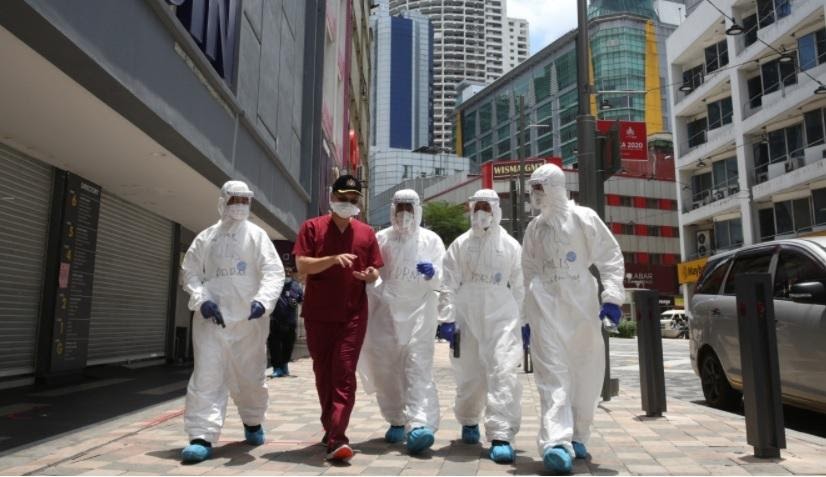
Covid-19 pandemic in the city | Source: thedgemarkets.com (2020)
In the context of urban design and planning, a survey of scholarly studies found that among the concepts and approaches highlighted to support the styles and patterns of human activity in current and post-pandemic urban areas and spaces include:
The concept of a healthy city - space for physical activity and access to green space
Urban green areas, along with the potential of physical exercise, have a positive impact on the physiological and psychological health of urban residents (Yılmaz & Mumcu, 2016). Studies in developing countries show that regular use to the park can reduce health problems and increase levels of life satisfaction (Yigitcanlar, et al., 2020). Access to parks and green spaces in the neighborhood needs to be improved to encourage more recreational activities in the natural environment such as walking, running and cycling that are beneficial to physical and mental health. A study by Arami (2021) related to public park use patterns in Putrajaya before and during the Covid-19 pandemic concluded the importance of providing public access to public parks within walking distance of home and workplace; and ensure that public spaces provide seating at a safe distance and comply with SOPs to protect the elderly and other at -risk groups. The hygiene aspects of public spaces and air spaces also need to be given attention so that users are protected from the threat of infection. The enforcement aspect of compliance with the current Standard Operating Procedures (SOPs) of Covid-19 is also important to ensure that public park users feel safe while at leisure.
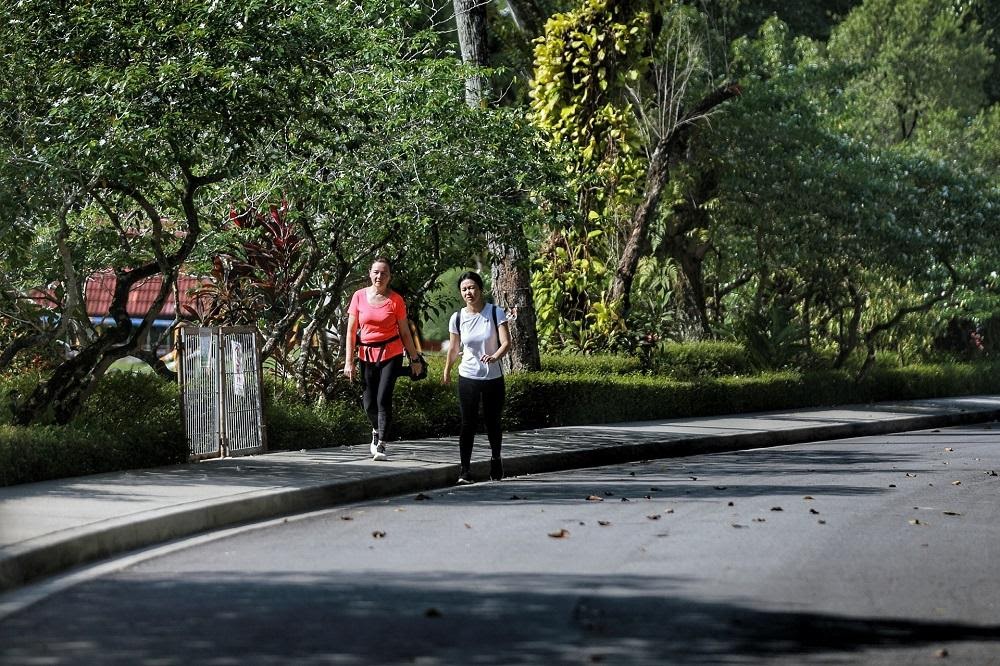
Use of public parks during the Movement Control Order (PKP) Source: Malay Mail (2020)
- Social imprisonment and its implications for public space design
The Covid-19 epidemic needs to be curbed through social incarceration. Edward T Hall in his book entitled "The Hidden Dimension" (1966) outlines the inter-personal distance between human beings. According to studies, personal space changes according to cultural differences and one’s personal preferences. On average, options vary between countries. A study by Sorokowska (2017), found that personal space preferences for foreigners range from more than 1.2m in Romania, Hungary and Saudi Arabia, and less than 0.9m in Argentina, Peru, Ukraine and Bulgaria. Social incarceration due to the Covid-19 outbreak set 1.0m as the social distance to reduce the risk of viral infection. This distance can be taken into account in adapting the post-Covid19 public space design.
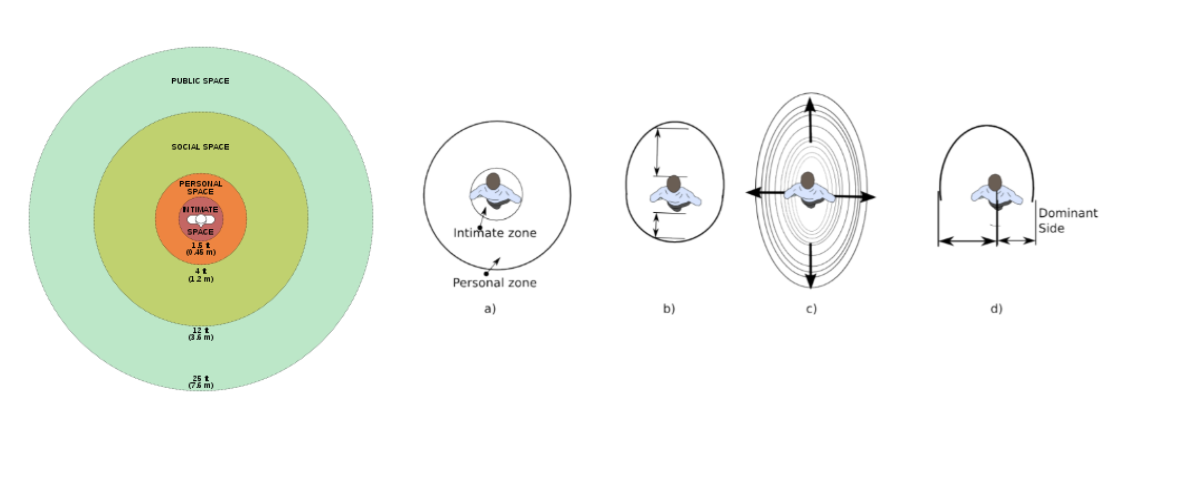
Chart of inter-personal distance between humans Figure left and a) Edward T Hall (1966), b) Hayduk (1981), c) Helbing and Molnar (1995) and d) Grin-Lajoie et al. (2008)
Source: https://www.bi.team
- City Concept 15 minutes
Movement control restricts activity in the immediate vicinity to prevent the spread of epidemics. A “15 -minute city” is defined as ideal urban planning where most of the needs and wants of its occupants are located within a 15 -minute drive (Duany, 2021). The concept of the city emphasizes the characteristics of proximity, walkability in the neighborhood and social interaction within the city. The city concept applies a minimum travel between houses, facilities and public spaces with a time of 15 minutes walking distance
-
Short -term adaptation of urban space design - Tactical urban design
Tactical urban design refers to a community -based approach to developing or improving neighborhood space using short -term, inexpensive, and small -scale interventions. For example, routes in existing residential areas or city centers can be adapted according to the needs of social incarceration where priority is given to the needs of pedestrian space over vehicle space. The purpose is to improve the quality of public spaces such as sidewalks and open spaces that facilitate the movement and activity of users during the Covid-19 epidemic.
Economic and social activities need to be pursued with new norms. Public spaces need to be adapted to suit current and future needs. As such, urban designers should focus on the quality and accessibility of green spaces, active spaces, pro-social spaces, and healthy and safe cities. Through changes in the concept of urban design as well as short-term interventions with communities, post-pandemic urban designers need to address issues of the urban environment and space through adaptations and changes that value the mental and social well-being of urban dwellers.
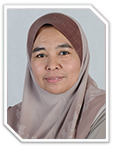
|
Assoc. Prof. Ts. Dr. Norsidah Ujang
Senior Lecturer,
Faculty of Design and Architecture,
Universiti Putra Malaysia
|
Date of Input: 05/05/2021 | Updated: 05/05/2021 | arizy
MEDIA SHARING
















